|
A Roosevelt Smile launch week is upon us. I'll admit, I had grandiose plans, which were quickly foiled by my five children coming down with some gunky end-of-summer cold! In lieu of a video celebration, we'll take the celebrating step by step with Roosevelt-inspired dishes.
Was the visual completely necessary, Alex? I think yes!
I could only imagine the cook doing more with that wine after making this dish! While this isn't a dish I'll be whipping up anytime soon- I'm lucky if I can get my picky kids to eat a hamburger, let alone a head- I was surprised to see that calves head yields more recipes across the web! Here's a historic recipe from England! Here's Calf's head from France! And, another from the great state of Texas! What do you think? Have you ever tasted a calf's head? Would you try it? Tell me about it in the comment section!
0 Comments
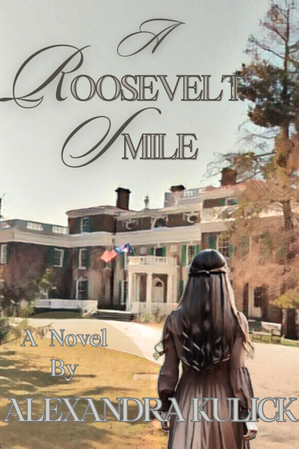 So, I tried using BooksSprouts last month to organize my ARC campaign for A Roosevelt Smile- and it was a bust. I found some great reviewers who loved the book, but none of the reviews transferred to Amazon. Something about if a tree falls in the forest and no one sees it? I wanted to try distributing ARCs with BookFunnel and BookSirens. If you're ready for a copy in exchange for an Amazon review, simply fill out the form below! It felt like this day would never come! Alas, A Roosevelt Smile is officially up for pre-order! I decided to "publish wide" this time- though you'll have to bear with me while I learn to market wide!
AI is a pretty crazy thing. I keep hearing about how writers use it for everything from editing to writing entire books. This concerns me; what are the limits? College students using it for term papers? Blogs built solely on AI content? It seems to be where the future is leading. With the old adage that the enemy of your enemy is your friend, I decided to see what AI software could offer me as I finish my novel, starting with marketing copy. This notoriously is more difficult for me to create, and my back-of-the-book cover summary has been notably bland. So, I fed Copy.ai the brief words I had written and asked it to produce marketing copy. I selected the adventurous tone, but you can even type in celebrities, and it will imitate their styles! The results were impressive, especially considering the little information I had to provide! Here's just one example of the generated texts: In 1929, Frances is a young immigrant ready to start a new life. After arriving in the U.S., she takes up work as a maid in the home of Sara Delano Roosevelt, one of the richest and most powerful women in America. But Frances quickly learns that the job is a lot more than dusting and washing dishes. Will Frances lose herself? Here's another one it generated! While the details are not accurate to my book, I was impressed that it picked up the names of the Roosevelt children and twisted them into it! New York, 1936. Life is hard when you don't have much money to spend. Frances is searching for a better life as she finds herself in the house of Sara Delano Roosevelt. Sara Roosevelt is a powerful woman with many secrets. Frances soon discovers that life in the house is complicated: navigating friendship with Sara's daughter and favorite, Anna; her son Elliot's affair with one of the maids; Sara's friend Uncle Joe's constant flirting with every lady he sees; and the fact that Sara bears a striking resemblance to Frances' mother, who passed away years ago. Now, that sounds like a book I'd enjoy reading! Maybe I'll have to write that one in the future! While neither of these will make it to the back of my book, they did provide inspiration, tone, and a sprinkle of je ne sais quoi that made each appealing! I was genuinely impressed with the material Copy.ai produced! It seems there's no limit to how these AI systems can be used, from marketing copy to Instagram posts and everything in between! Though the notion of AI writing material felt intimidating, it was a handy tool to spark some inspiration- and on a free basic plan, no less! After about 5 minutes of playing around, I borrowed ideas from different AI-generated prompts and tailored them to my story to produce some marketing copy that I hope converts well. Here we go: In 1915, Frances and her family are quickly uprooted after the first gunshots of World War I. Frances doesn't know what will await her when she leaves Bohemia to immigrate to New York. She does know that a new domestic service job in Sara Delano Roosevelt's home will change her future — if she doesn't lose herself first. What do you think? Does that sound like a book you'd pick up? And what are your thoughts on AI? Is it about to take the writing industry by storm- or has it already and I'm just beginning to notice? Let me know your thoughts in the comment section! We are barreling through January (in case you needed a friendly reminder!), and I've been busy finishing up my manuscript and preparing for all things book launch! But I'm stuck! A cover needs to be designed and marketing material produced- all of which require a very important title! I've used A Roosevelt Smile thus far, but I haven't convinced myself that this is in fact the title. Will you help lend me your opinion? First, let me tell you some options and the background behind them- then cast your vote at the end and point me in the right direction! A Roosevelt Smile Frances, my great-grandmother protagonist, is first drawn to the confident smile in a photo she sees of Franklin Roosevelt while cleaning his mother's library. Throughout the story, this Roosevelt smile serves various purposes, and Frances hopes her own child will inherit the charming grin. The inspiration behind this came as I read the Roosevelt children's memoirs. I flipped over the cover of James's book and saw his smile, which felt so familiar and reminded me of my grandfather. The Roosevelt's Ruse I like this potential title for two reasons. It portrays the Roosevelt involvement, and "ruse" provides a double entendre, highlighting Franklin's charades, while coincidentally being Czech for "rose," which bares significance in the story as well as in Frances's son's last name. My apprehension with this title is that the book is about Frances and her time as a servant for the Roosevelts, and the title might lead readers to think the story's protagonist is a Roosevelt? Frances in America Based on a piece of dialogue, this statement broadly encapsulates Frances's American journey signaling an immigrant's journey. My apprehension with this title is that it doesn't include Roosevelt. Too much Roosevelt, too little Roosevelt? What should I do!?! Can you believe Christmas is right around the corner? The history lover in me relishes the opportunity to look back through the decades at special Christmas traditions. In writing A Roosevelt Smile, I divulged in reading memoirs and hearing about what made the holidays magical in the Roosevelt household, and I wanted to share five of my favorites with you! 1. Beautiful Gifts for All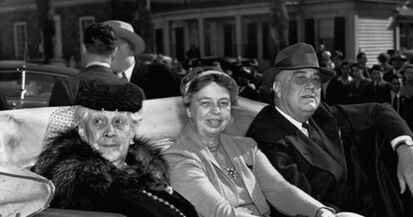 As the matriarch of Springwood, Sara Delano Roosevelt relished in running the estate as her husband did, even if it had become financially unprofitable through the decades. Each Christmas, she prepared gifts for "her people," a term she endearingly referred to the estate workers by. She'd personally prepare their gifts, wrapping them in striped paper and adorning small candies to the top. In A Roosevelt Smile, you'll get to see my great-grandmother Frances receive one of these heartfelt packages! 2. The finest sliced TurkeyWhile Franklin studied at Groton, he learned the fine art of turkey carving. The goal was to slice turkey so thinly that opaque light could be seen through each piece. When his oldest son learned the same technique at Groton, carving the turkeys became a competition, though both contestants lamented requests for seconds before firsts were served. 3. Gift Closets GaloreEleanor Roosevelt had a present room on the third floor of the White House, a windowless space with lots of shelves and a table for wrapping. She shopped for gifts from her large family year round, popping into stores after appointments to look for the perfect present. 4. Overfilled StockingsChristmas in The White House was exceptionally exciting for the Roosevelt grandchildren. In 1936, Curtis shared the content of his Christmas stocking, from Santa, of course! The stockings were so stuffed they couldn't hang from the mantel, and the children had to wait for everyone to be present to dive in! Curtis's stocking included mittens, socks, handkerchiefs, and a toothbrush, along with 3-4 English-made lead soldiers. At the bottom of the stocking were an exotic orange and a $5 bill- a small fortune to stuff a piggy bank with! 5. A Christmas CarolChristmas Eve wouldn't be complete without FRD's fireside rendition of A Christmas Carol. According to his children, he'd ham up the character's voices, even removing a faux front tooth to gain a bit of a whistle in Tiny Tim's voice! And, for a quick bonus: The Springwood and White House Christmas trees were lit with beautiful candles throughout the pine branches. After being rendered paralyzed, this triggered one of FDR's deepest fears- being stranded in a burning building so ample buckets of water and sand were present, and the candles were extinguished quickly! Wishing you and yours a beautiful holiday!P.S.- I can't wait to share A Roosevelt Smile with you in the coming New Year! Subscribers will get access to ARC copies and the best deal around. Make sure you're on that list! Researching relatives who ended up in an asylum often feels like staring into a brick wall. Behind it are records galore, but the mental health and hygiene laws won’t budge, so for years, I’ve stared hoping something might change. Picking up John Mancini’s book happened to be that change for me. Though John faced the same brick wall, he discovered a multitude of other avenues to follow, illuminating a portrait of both of his grandparents that he shares with his journey in Immigrant Secrets: The Search for my Grandparents. John started his journey armed with a few facts and ideas about his paternal grandparents, namely that they were Italian immigrants who died in a fire during the 1930s. Through a ship manifest, he confirms his grandmother, Elisabetta immigrated in 1920, and her future husband, Francesco followed the next year. They were married in 1924 and had their first child by the time of the 1925 census. Five years later, the census shows them with a second son living on Manhattan’s Lower East Side. As I read their story, I could picture my relatives passing by their family’s fruit stand- though I’m not sure they’d have had the money to stop and buy anything. Nevertheless, reading about John’s family felt familiar in many aspects, bringing to life a world long past. Yet, the American dream unravels for Francesco and Elisabetta as dark shadows from the past tear their family apart. In lieu of a suspected fire, John uncovers that both grandparents found themselves in an asylum for the remainder of their days. John was kind enough to answer some questions about his book and his journey to uncovering his ancestors, and I hope his journey will inspire you on your own! 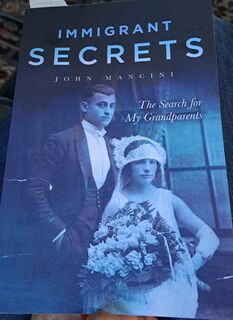 What inspired you to embark on your family history journey? I suppose a triggering event was the realization in the summer of 2017 that I had officially lived one day longer than the 22,834 days accorded to my father. I had officially moved into uncharted territory. The statute of limitations on being your father’s son never quite runs out, but it certainly takes on a different feel once you live longer than he did. It was in that moment that I decided to see what I could find out about my father’s parents. Another factor was becoming a grandparent and realizing that there is a strange and tenuous connection between generations. I sensed a power in being part of a bigger story, a story connected both to what was and what will be. And then the realization that we really knew nothing about my father’s backstory. Immigrant Secrets had so many wonderful details of life in Italy! Did you travel to Italy to research your family history? If so, what tips can you offer those planning research in another country? I have been to Italy three or four times, but never to my grandparents’ hometown, Itri. As I got into understanding and telling their story, I was dying to go, but surprise -- along came COVID. So, my tip is a weird pandemic one. I found that I could learn a lot by “walking around” a location using Google street view. It is quite remarkable how you can get a feel for a place without being there. I also read multiple blogs and travel books about Itri, which helped fill in the gaps. When it came to accessing records in Italy that weren’t on-line – like my grandfather’s WW1 military records – Google Translate plus some very patient people on the Italian side made a huge difference. Another resource that was terrifically helpful in understanding the life of my grandparents in the Flatiron area of Lower Manhattan in the 1930s was the Tenement Museum. For anyone with immigrant relatives who passed through New York City, a visit to the Tenement Museum – and a tour through a representative apartment – is invaluable in creating a mental picture of what life was like. In a scene in Immigrant Secrets, you mention Elisabetta going to the police because Francesco neglected to care for his family. Is this something you could find a court record for, or did you uncover that information through other documents? What was that process like? That is a good question and was quite a stroke of good luck. It’s a long story, and as I mention in the book, I had struck out with the commitment records for my grandmother. While I knew that she had been committed in 1938, I wasn’t able -- despite multiple attempts -- to review that record. I had read a terrific book by Libby Copeland – The Lost Family – and the narrative of that book centered around records at the New York Society for the Prevention of Cruelty to Children. I figured that if my father’s family had been one in a bit of crisis, perhaps the NYSPCC might have been involved at some point. But again COVID got in the way, and as my October 2021 publication deadline approached without additional information, I had grown used to the fact that my grandmother’s commitment would just need to be an open question. I had written that part of the book to reflect that knowledge gap. And then in early September 2021 Chelsea Frank from NYSPCC contacted me that she had found a case documenting what had happened to my grandmother in 1938 – which made for a few weeks of hectic rewrite! The commitment papers for Francesco give us a glimpse at the situation in his own words and reveal who committed him, along with the doctors who signed off on the commitment. What was it like opening that file and reading your grandfather’s words? That was a strange experience. For one thing, the Records Room at the Supreme Court on Centre Street in Manhattan is like a Records Rooms from Central Casting. My first reaction was that I was walking up to a movie set. Many films and television series were in fact shot at the New York County Courthouse, including Miracle on 34th Street, 12 Angry Men, The Godfather, Wall Street, Goodfellas, and a host of others. New York must not have gotten paid very much for these location shots, though, because the interior of the building is...well...let’s just say austere. The Court is an old building in a bit of disrepair, and to get to the Records Room you descend to the basement. So, the atmosphere was already a bit eerie. To see words from my grandmother (she was the one who committed him) and quotes directly from my grandfather from the doctors at Bellevue was an experience I won’t forget. The front of the document is still a bit jarring. “Certificate of Lunacy.” No mincing about there. And his legal status. “Indigent.” There is context to my grandparents’ story -- and the secrecy around it -- that is likely to feel alien to contemporary audiences, who love to talk endlessly about all afflictions, no matter how minor. After a brief flurry of benevolent care in the late 1800s, by the 1920s and 1930s Americans were done with the notion of individually caring for the mentally ill and helping them move back into the mainstream. By the 1920s and 1930s, Americans were intent on removing people with mental illness from their midst and were focused on simply warehousing the mentally ill -- preferably somewhere out of sight. In the book, you share how you traveled to New York to obtain the commitment hearing files in person. Are you aware if those files can be requested and sent remotely to those in other parts of the country? The state of New York is notoriously obstinate about the release of health records -- even to direct relatives and even for people long dead and even for those for whom the word “HIPAA” would have meant nothing. I won’t go through all the New York State health system dead-ends I encountered. During this journey, I came across a terrific book by Steve Luxenberg, a former Washington Post writer. Annie’s Ghosts describes his somewhat similar journey across the psychiatric commitment landscape. When his mother died, Luxenberg discovered he'd had an aunt, warehoused for many years in a Detroit mental hospital. Why? Why hadn't he and his siblings been told? He launched an investigation into his aunt's history, which led to an investigation into the asylum system itself. Each discovery raised more questions. So, I contacted Steve and asked him if he had any ideas on how to proceed. He suggested that I go down the path of finding the original commitment papers -- that legal documents have a different set of privacy restrictions associated with them than do healthcare documents. So that’s what I did. My sense is that no one was going to help copy or transfer records elsewhere. I needed to make a specific written request, and even then, there was no guarantee that the right records would show up. One suggestion for those accessing long-lost paper records: Make sure you get everything you need the first time, because there is no guarantee that old records will actually be refiled properly. Was there ever a moment when you wondered if you should leave the records in the dark and not unearth the truth? My brother and I debated whether to raise all this secret history with our mom and ultimately decided that telling the story was the way to keep my father’s story alive. We thought for a while about what to ask our mom about all of this, and what she knew. My sister says that in graduate school she needed to develop a family history as part of her child psychology degree. She told me: “I had a chart with all these empty spaces. So, I called Mom and asked her about Dad’s family. It seemed to be a distressing thing for her, so I kind of abandoned it. My first instinct was that she was protecting information. But at some point, I concluded that it was just an embarrassing thing for her to admit that she was married to this person for so many years and never knew any of this.” What changes would you like to see to the research process? I initially tried to request my grandparents’ health records from various NY state agencies, thinking this would not be difficult since I was their nearest living relative. I did so both directly and through Freedom of Information Act requests but ran into brick wall after brick wall. The refrain was always the same. Per the New York State Office of Mental Health, if you are a family member of a deceased patient, you can request information if:
Which, of course, means that for the most part, no one who cares about these records can actually access them. Along this journey, I ran into countless tragic stories of other people whose deceased relatives had been institutionalized long ago in the New York Mental Health system and had been systematically denied any information about what had happened to them. All in the name of a misguided and antiquated concept of privacy. Learn More About John and See some of the records he found here!Nothing says fall like delicious pies lining the Thanksgiving table: pumpkin, apple... and squash pie? I hadn't heard of this delicacy until I dove into Sara Delano Roosevelt's household book, which houses everything from the instructions for the layette set she stitched for Franklin to how to detect a sewer leak (a little bit of peppermint oil!). Her household book was compiled into print by Clara and Hardy Steeholm and sent to publication in 1950. This gem of a find is rich with the Roosevelt's personal lives and provides an intimate look at their history. It's amazing what you might learn about a person by what happens in their kitchen, and Sara Roosevelt's book is no different. Though she didn't actually cook, her staff cooked for her, and the recipes she compiled each had a unique story from her journey. Some she picked up while traveling- Parisian Pancakes, anyone? Many came from her sister Annie, and one peeked my attention given to her by "Mother Roosevelt." Does that name just sound intimidating, or is it just me? "Mother Roosevelt" was Sara’s mother-in-law Mary Rebecca Aspinwall Roosevelt. Mary was born in 1809 and married Isaac Roosevelt when she was 18 which came as a bit of a shock because Isaac was somewhat of a squire recluse nearly twice her age. Nonetheless, they welcomed James Roosevelt (1828), the father of future president FDR, and twelve years later they welcomed a second son, John (1840). They lived on their estate, Rosedale, which still stands today. Now, Mary wasn't likely to be cooking this recipe herself. From census reports, we see that in 1850, Mary lived with Isaac, James, and John as well as a coachman, groom, gardener, and three domestic servants. The following census lists them with a gardener, a coachman, and five domestic servants. I guess the groom's position went out of style! Though this recipe isn't dated, Mary died six years after James and Sara married (Sara was James's second wife), so this recipe likely came to her between 1880-1886. It's interesting that it's sugarless- which would make it perfect for times when sugar was scarce! Squash Pie Recipe:To start with, I cut this recipe in half! Nobody needs a ton of squash pie if it turns out inedible! I used two bags of frozen butternut squash, cooked in the microwave for simplicity. The microwaved squash was incredibly moist, so, when adding my liquids, I omitted the cream and just used milk. Now, the recipe says, "Beat together, put it warm in the paste-" which I interpreted as somehow beating it into paste form. BUT- a little research revealed that the "paste" was actually a pie crust! By the time I realized that I was too far in to whip up a pie crust, so I baked it in a pie pan, crust-less. 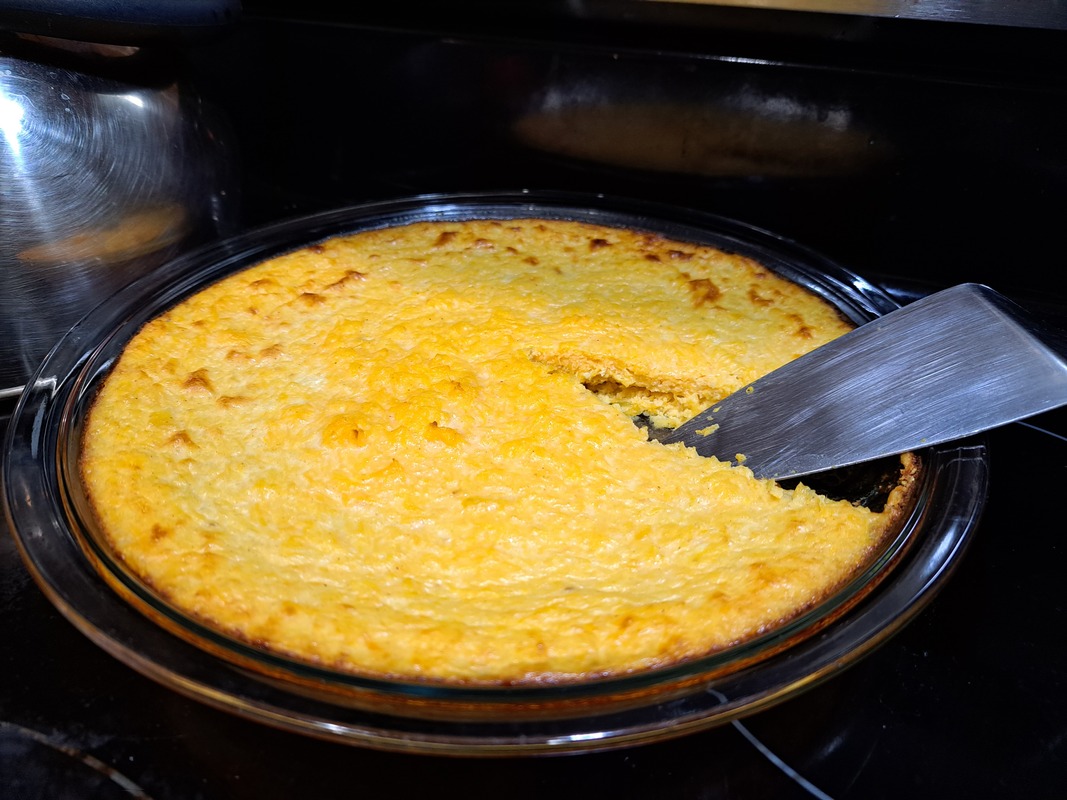 How Was it?Well, if I presented this at a family meal instead of a pumpkin pie, there might be a mutiny in my house.
The ginger was the predominant flavor- which I loved. But, I couldn't personally overcome the eggy texture. Without sugar, it simply lacked the "pie" qualities we've become accustomed to today. Nonetheless, it was fun to create, knowing this recipe was cooked over two-hundred years ago! I think I'll have to give squash pie another chance, and use this other historic recipe from 1912 Lowney's Cookbook, sugar and Nutmeg included! I remember being a child and laying on the ground to watch the clouds pass. It was so peaceful and spurred my imagination into guessing what the big, fluffy, shapes might look like! It wasn't until I hit college that I learned about different types of clouds and what they signify! I didn't want my kids to wait THAT long to learn about clouds, so I created a brief unit study that will introduce students (around 5-8) to types of clouds and what they mean. To start, you'll want to download the free printable Montessori Cloud Cards.
Ready for the next activity? Awesome! Time for a Cloud SCAVENGER Hunt!
To round out the unit study, we spent some time crafting and baking! Look at this gem, an attempt at a cummulonimbus! 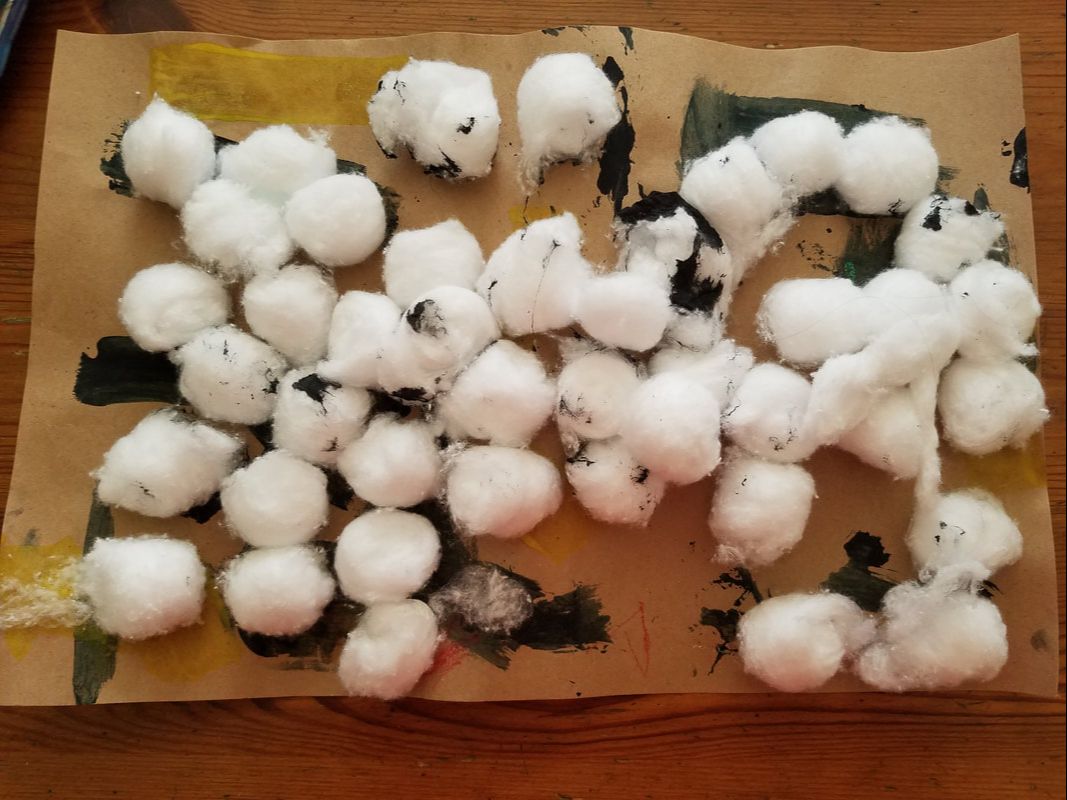 I bet you don't even need instructions for this project, but to check out the project and the recipe for cloud cake, head over to this page: Cloud Craft and Baking!I hope you had fun, and learned something new along the way! Pass this along to your friends stuck in quarantine for a little easy, free, relief!
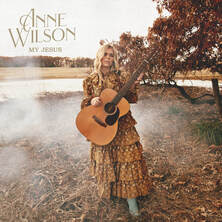
Last December, our family started a new tradition where we have worship time each evening. I wanted my kids to understand the importance of worshipping the Lord, so they take turns picking a special song that's on their hearts to sing before bed. As well-intentioned as the time seems, there's plenty of fighting over whose turn is next, accompanied by dancing that leads to bumped heads- but I know God is working through the chaos.
Every night my sweet daughter, Genevieve, requests an Anne Wilson song. I think the lyrics of "Sunday Sermon" about being seven years old in church caught her attention and heart. This week was Genevieve's sixth birthday and coincidentally was Anne Wilson's debut album launch! Thanks to Momentum Influencers, I got to be the coolest mom and join in for Anne Wilson's debut CD live stream event where we heard some of Anne's new music. My new favorite song, "Mama," is timed perfectly for mother's day, and features the lovely Hillary Scott of Lady A - such a fun surprise for us all!
As my girls watched with stars in their eyes, I was able to type a special question into the chat for Anne with the hope she might answer- and she did!
I asked her what advice she'd give to children who'd like to grow up and perform like her and she said:
"Those growing up wanting to be artists- work super hard at what you do. Never give up. Fix your eyes on Jesus."
What a great answer to accompany a lovely CD launch- I hope my kids hold that advice close to their hearts on each & every road they travel! If you haven't yet heard Anne Wilson's new album make sure you check it out! You can buy or stream it here. "My Jesus" features fifteen original songs- it's debut single "My Jesus" has been the #1 single on Billboard’s Christian Airplay chart for 7 total weeks! The CD includes: 1. Prelude (Scatter) 2. Scatter 3. My Jesus 4. Devil 5. Sunday Sermons 6. Hey Girl 7. This House 8. Mansions 9. Mamas (with Hillary Scott) 10. No Place Like Home 11. God Thing 12. That’s What We Need 13. Something About That Name 14. Closer To God 15. My Jesus (feat. Crowder) AND I'm thrilled to be giving away an autographed copy to one lucky reader!
While you're waiting to see if you won the CD- you can get even MORE excited by watching her story!
Disclosure: Many thanks to Universal Music Group for providing a sample of the product for this review. Opinions are 100% my own and NOT influenced my monetary compensation.
|
Alexandrais a writer & tired homeschooling mom of five. Categories
All
Archives
November 2022
|
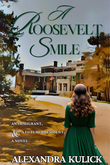
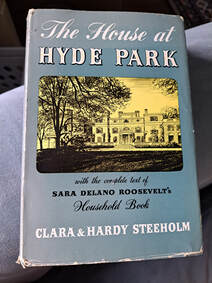
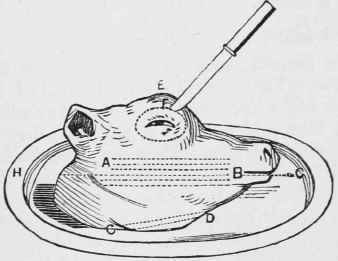
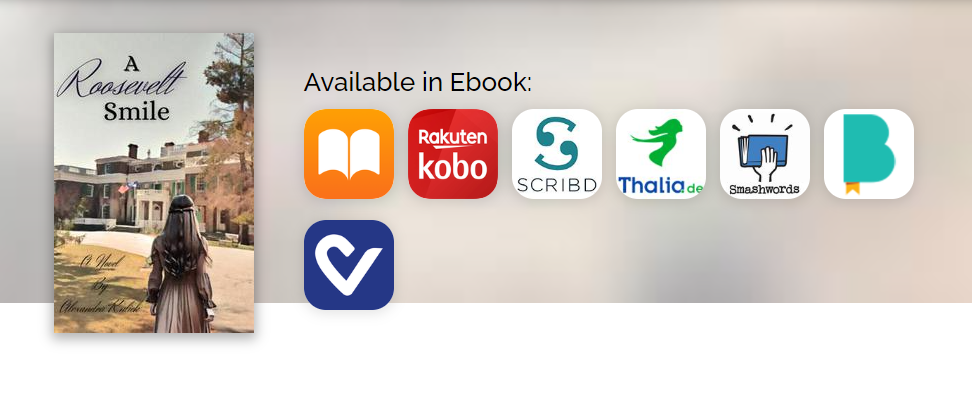
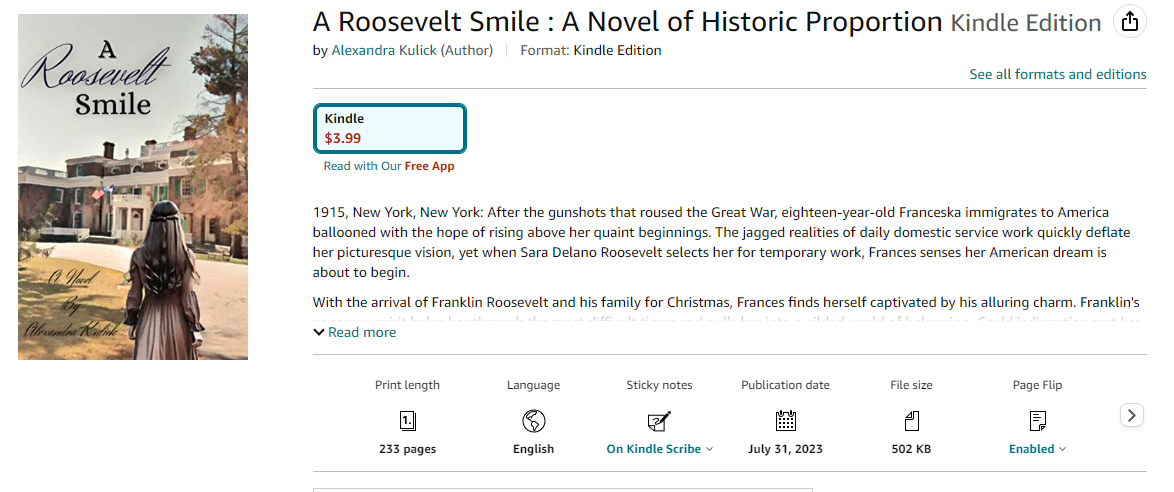

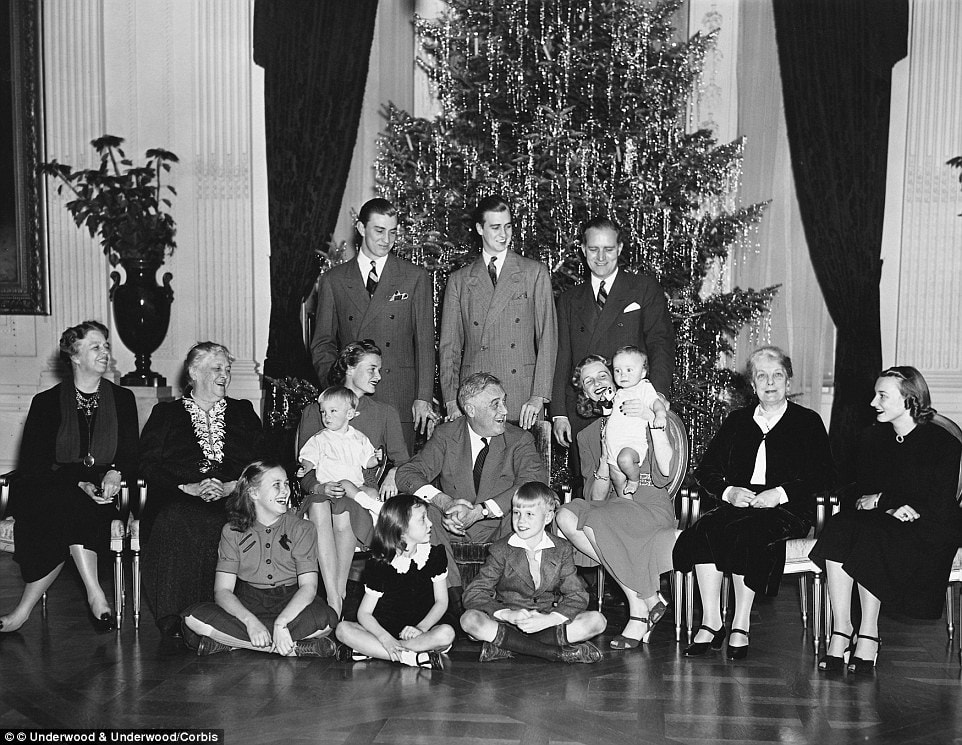

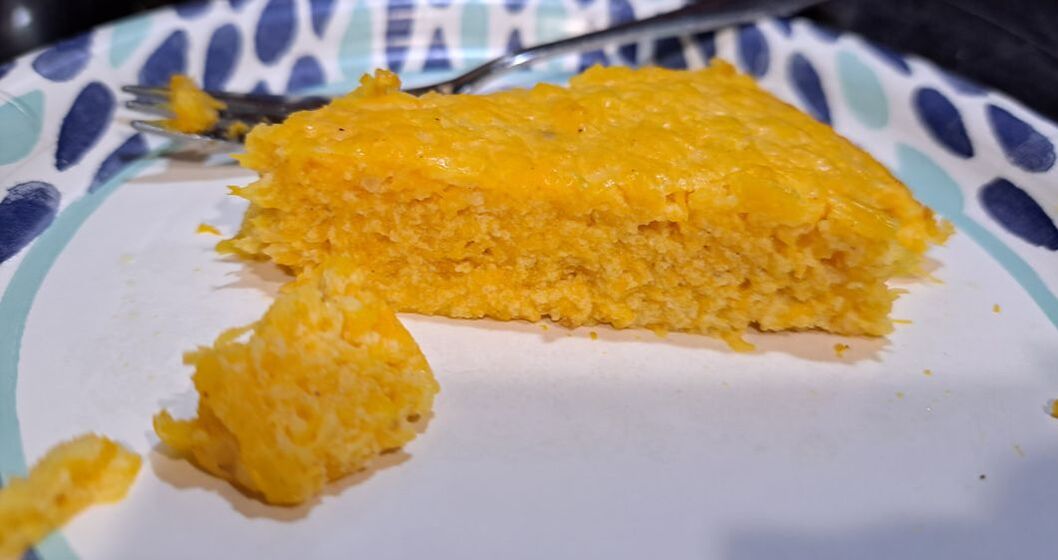
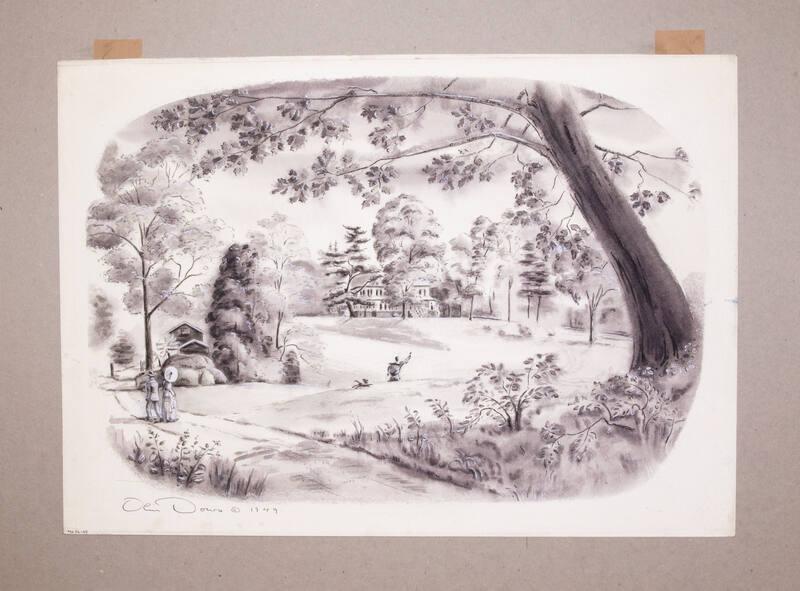
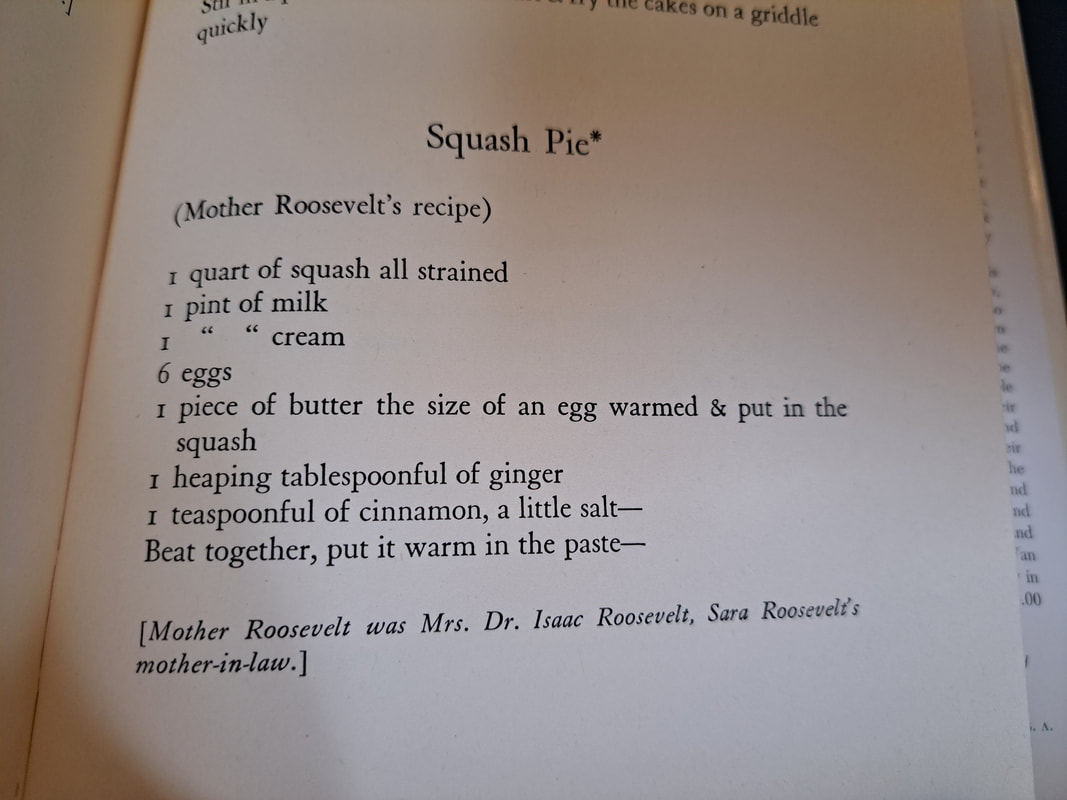
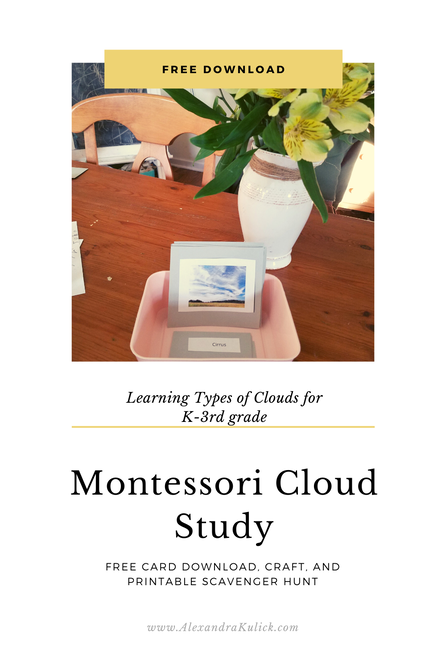
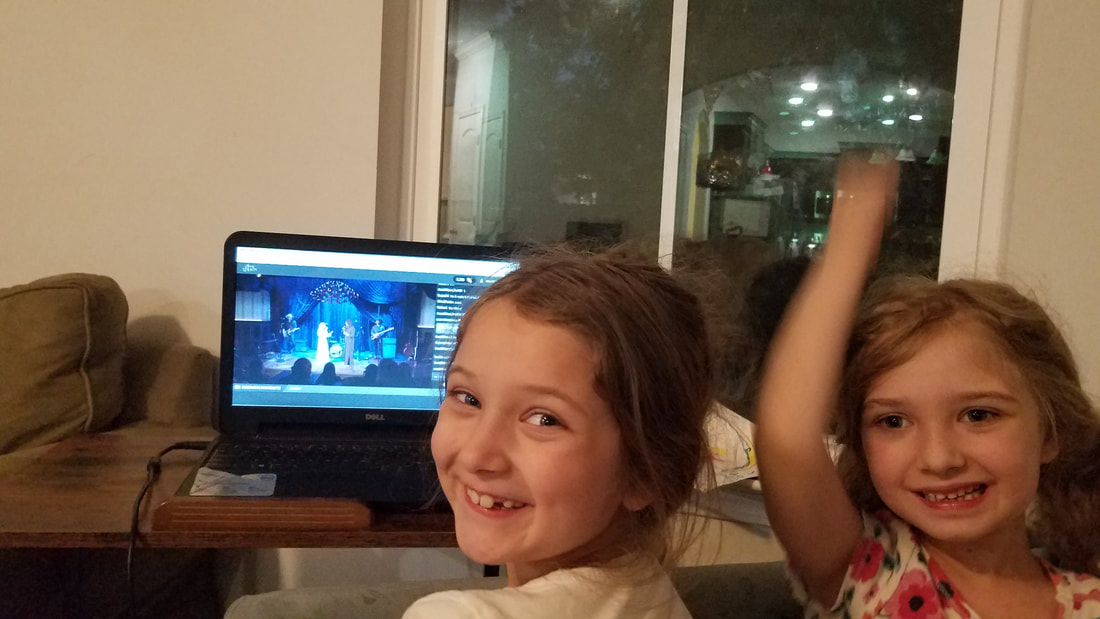
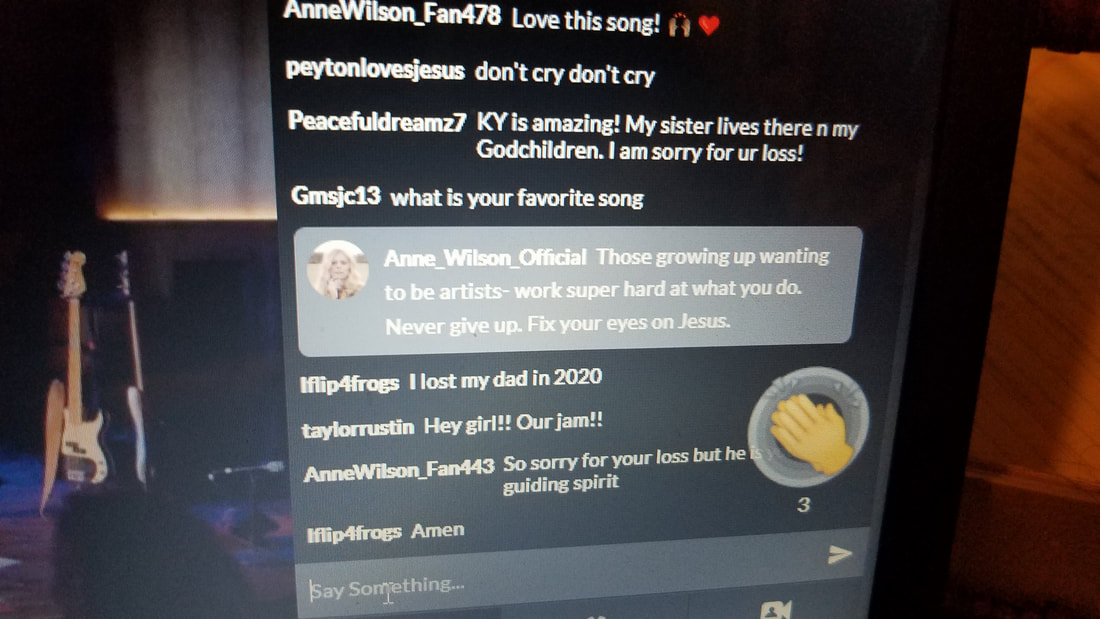


 RSS Feed
RSS Feed
